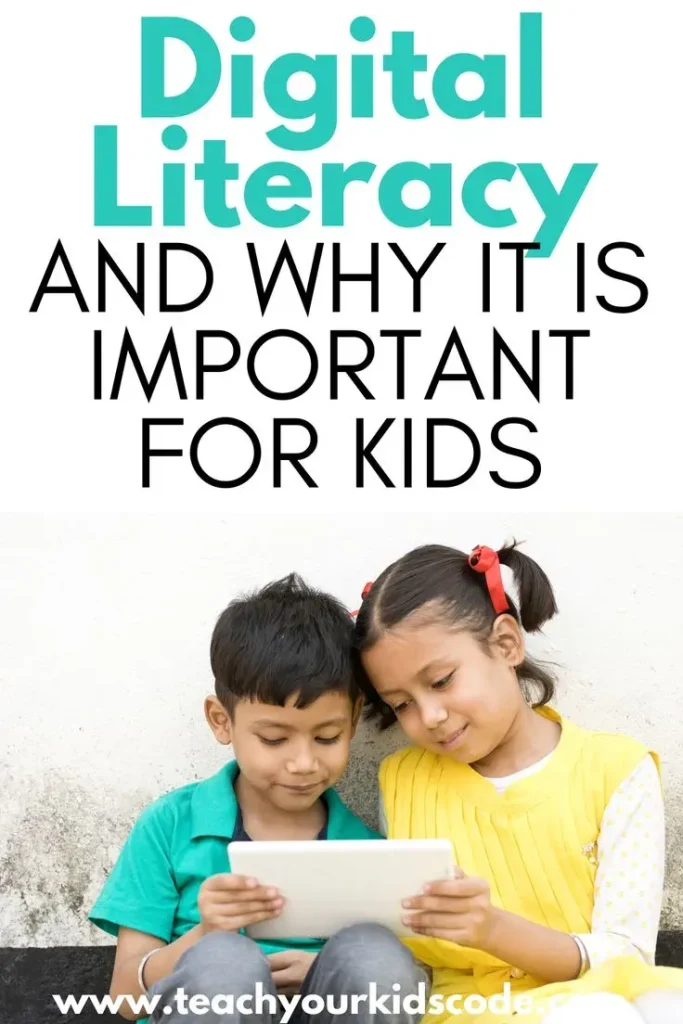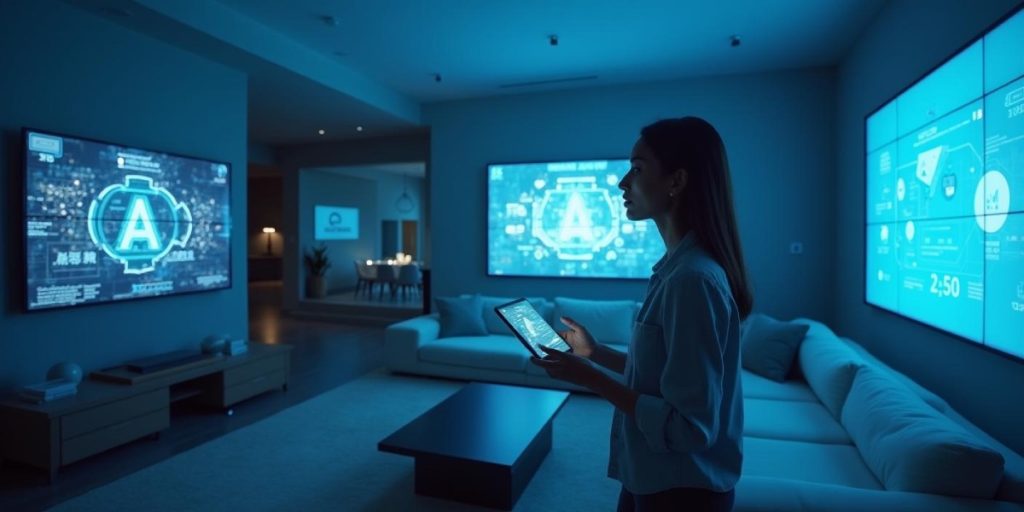Digital literacy for beginners opens the door to a world where everyday tasks, communication, and learning all happen online. This guide explains digital literacy by breaking down how understanding the internet shapes what you can do, from checking email to collaborating on projects. You’ll discover practical steps, safe practices, and friendly explanations that make technology less intimidating and more useful. We’ll explore how devices work, how information travels online, and online safety tips to protect your data. By the end, you’ll feel confident navigating websites, apps, and services with clear, jargon-free guidance and real-world examples.
For newcomers, the idea of building digital know-how can be framed as developing digital competency, practical internet skills, and confident online navigation. Think of it as learning how devices connect, communicate, and protect your information while you accomplish everyday tasks. This foundation translates into tangible abilities, such as evaluating sources online, safeguarding accounts, and using apps with purpose. By focusing on these core areas, including digital competence, safe browsing, and efficient online workflows, you set yourself up for ongoing growth in the digital landscape.
Understanding the Digital World: A Beginner’s Roadmap to Digital Literacy
Understanding the digital world starts with a simple mental model: devices, the internet, and the online services you use every day. You don’t need to be a tech expert to grasp these layers, but recognizing how they connect helps you access information, communicate, and complete tasks more efficiently. Building digital literacy means becoming comfortable with what you can do online and understanding where ideas and tools originate, which reduces confusion and frustration.
Think of your smartphone, computer, or tablet as tools within a larger system. The more you learn about how devices work, the easier it becomes to pick the right tool for a task, troubleshoot common issues, and set realistic expectations for what technology can and cannot do. This practical approach makes real-life tasks—like paying a bill online, joining a virtual class, or staying in touch with friends—more straightforward and less intimidating.
Digital Literacy for Beginners: How Devices Work, Understanding the Internet, and Online Safety Tips
Digital literacy for beginners is about building confidence through steady practice, starting with how devices work. By understanding hardware, software, and input/output, you gain a clearer picture of what your device can do and how to use it effectively. This framework also includes understanding the internet as a network, which helps make online interactions more predictable and less daunting.
Practical steps to reinforce these concepts include focusing on online safety tips—such as using strong passwords, enabling two-factor authentication, and recognizing suspicious links—along with gradually exploring routine tasks like email, online banking, or streaming. By tying these actions to the broader goals of digital literacy and understanding the internet, you can grow competence without becoming overwhelmed.
Frequently Asked Questions
What is digital literacy for beginners and why is it important?
Digital literacy for beginners means building confidence with technology by learning how devices work, understanding the internet, and applying online safety tips. It helps you access information, communicate effectively, and complete everyday tasks online without getting overwhelmed. Starting with simple steps and reliable resources makes technology feel useful and approachable.
What are practical first steps to build digital literacy for beginners in daily life?
Begin with small, achievable goals and practice real tasks. Learn how devices work by exploring one feature on your phone or computer each week, and strengthen your understanding of the internet through guided tutorials. Prioritize online safety tips such as creating strong passwords and enabling two-factor authentication, and use reputable resources to guide your learning as you gradually expand your digital skills.
| Topic | Key Idea | Practical Takeaways |
|---|---|---|
| What digital literacy for beginners means | Digital literacy for beginners is about understanding how information moves online, staying safe, and making technology work for everyday tasks; it goes beyond just using devices and builds the ability to ask good questions and evaluate information. | Practice with real tasks (e.g., online bill payments), evaluate sources, and aim for practical goals. |
| The digital landscape layers: devices, internet, online services | Think in three layers: devices (hardware), the internet (network), and online services (apps/websites). | Use this layered model to troubleshoot and set expectations for what technology can do. |
| How devices work: hardware, software, input/output | Core components are hardware (physical parts), software (programs/apps), and input/output (how you interact and what you see). | Diagnose problems and choose devices by applying this three-part model. |
| Understanding the internet and online safety tips | The internet is a vast network; key ideas include browsers/search, privacy/passwords, scams, and safe practices. | Use strong passwords, enable 2FA, review privacy settings, verify information, and practice critical thinking. |
| Practical steps to build digital literacy for daily life | Digital literacy grows gradually through small, real tasks and guided learning. | Set weekly goals, practice real tasks like online banking, use beginner-friendly resources, and start a simple digital project. |
| Common myths and how to overcome them | Myths: tech is innate or too complex; privacy is impossible to protect. | Practice, use reliable resources, stay curious, and apply privacy and security basics to real tasks. |
| A simple, beginner-friendly checklist to kickstart your journey | Identify top 3 daily tasks, use a password manager, enable 2FA, recognize secure sites, stay safe online, and organize files. | Follow the checklist to build routine and confidence over time. |
Summary
Digital literacy for beginners is a practical, lifelong journey. You don’t need to master everything at once; you only need steady curiosity and a few foundational skills. By understanding the digital world, learning how devices work, and adopting simple online safety habits, you can navigate the digital landscape with confidence. This guide introduces core concepts, practical steps, and friendly strategies to develop your digital literacy as a beginner. As you practice, technology becomes a tool that supports your goals rather than a hurdle to overcome. Start with small, achievable steps, stay curious, and remember that digital literacy is about empowerment—participating fully in the digital world on your terms.



